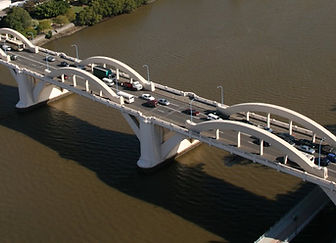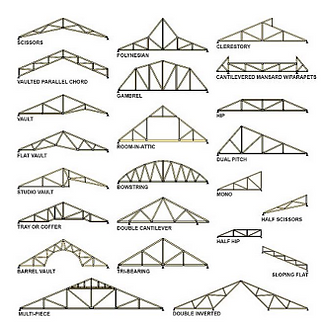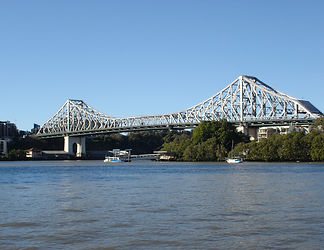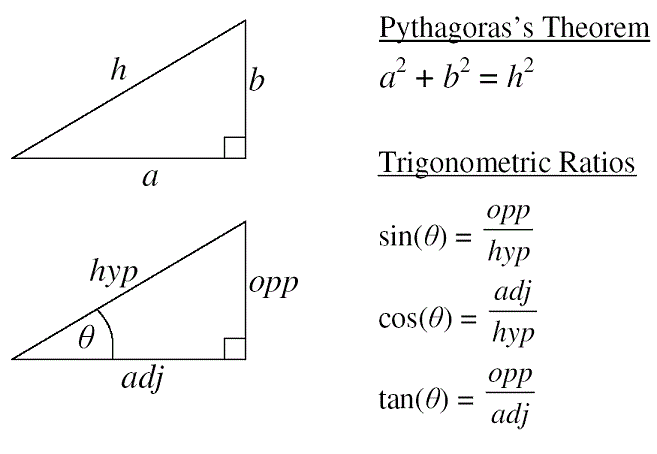top of page


Bridge Design and Building
A resource for Clifton State High School


Task
During the design phase of building a supporting structure such as a truss, engineers must balance aesthetics with load carrying capacity and cost. Load carrying capacity increases with the number of triangles in the structure. The cost of a truss increases with the number of diagonal parts which create triangles.
For example, a truss must span a distance of 10 m and is 2 m tall.
If the truss has one diagonal support, the truss has two triangles and 5 members. If members cost $5 per meter, the cost of the truss is:
Top and bottom horizontal members: 2 x 10 x $5 = $100
Two vertical end members: 2 x 2 x $5 = $20
Diagonal support: (square root of (10x10) + (2x2)) x $5 = $10.20
Total cost = 100 + 20 + 10.20 = $130.20
That is, it costs $130.20 for 2 triangles or $65.10 per triangle.
a) What would be the cost per triangle of a truss with 3 triangles as shown below?
b) Keep calculating the cost per triangle for trusses with more and more triangles. Describe what happens to the cost as the number of diagonal members increases.
c) What is the relationship between overall cost and the number of triangles? See if you can write the relationship as a formula where:
n = number of triangles
m = overall cost
10 m
2 m
bottom of page








